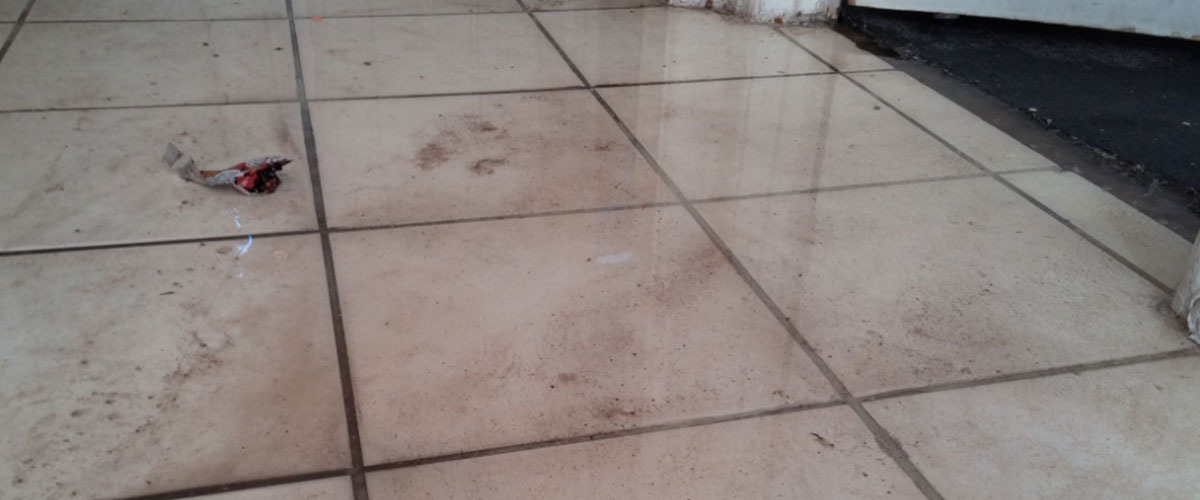Water removal and extraction
Water damage restoration is the process of restoring a property back to pre-loss condition after sustaining any level of water damage. While there are currently no government regulations in the United States dictating procedures, two large certifying bodies, the Institute of Inspection Cleaning and Restoration Certification (IICRC) and the RIA, do recommend standards of care. Most companies use the IICRC procedural standard, which is the S500. It is based on reliable restoration principles, research and practical experience with extensive consultation and information gathered from numerous sources. These include the scientific community, the international, national and regional trade associations serving the disaster restoration industry, chemical formulators and equipment manufacturers, cleaning and restoration schools, restoration service companies, the insurance industry, allied trades persons and others with specialized experience. The S500 water damage guide is subject to further revision as developments occur in technology, testing and processing procedures.
The IICRC S500 provides a specific use of practical standards for water damage restoration. It does not attempt to teach comprehensive water damage restoration procedures, rather it provides the foundation and basic principles of proper restoration practices. Prior to specifying the job scope and procedures, the S500 must be reviewed. This is important so that the individual circumstances of each restoration job is taken into account. Users of the S500 must be in pace with technology and follow all rules and regulations of a country whether it may be federal, state, provincial or local law. Federal, State and local laws might also determine who can do the water damage restoration assessment and who can authorize remediation procedures. In British Columbia (Canada) the Insurance Council of British Columbia has determined that an Insurance Adjuster working for an Insurer (to mitigate a loss or potential loss) can authorize restoration efforts on private property even though it may not be a covered peril; but, the Adjuster is not accountable for the outcome of any restoration effort, even if the Insured party was, or could be, knowingly placed in harms way. Each case of a water damage may be unique and common sense may require deviation from the S500.[1]
https://en.wikipedia.org/wiki/Water_damage_restoration
Water damage describes a large number of possible losses caused by water intruding where it will enable attack of a material or system by destructive processes such as rotting of wood, growth,rusting of steel, de-laminating of materials such as plywood, and many, many others.
the damage may be imperceptibly slow and minor such as water spots that could eventually mar a surface, or it may be instantaneous and catastrophic such as flooding. However fast it occurs, water damage is a major contributor to loss of property.
An insurance policy may or may not cover the costs associated with water damage and the process of water damage restoration. While a common cause of residential water damage is often the failure of a sump pump, many homeowner’s insurance policies do not cover the associated costs without an addendum which adds to the monthly premium of the policy. Often the verbiage of this addendum is similar to “Sewer and Drain Coverage.”
Those individuals who are affected by wide scale flooding may have the ability to apply for government and FEMA grants through the Individual Assistance program.[1] On a larger level, businesses, cities, and communities can apply to the FEMA Public Assistance program for funds to assist after a large flood. For example, the city of Fond du Lac Wisconsin received $1.2 million FEMA grant after flooding in June 2008. The program allows the city to purchase the water damaged properties, demolish the structures, and turn the properties into public green space.[2]
https://en.wikipedia.org/wiki/Water_damage


